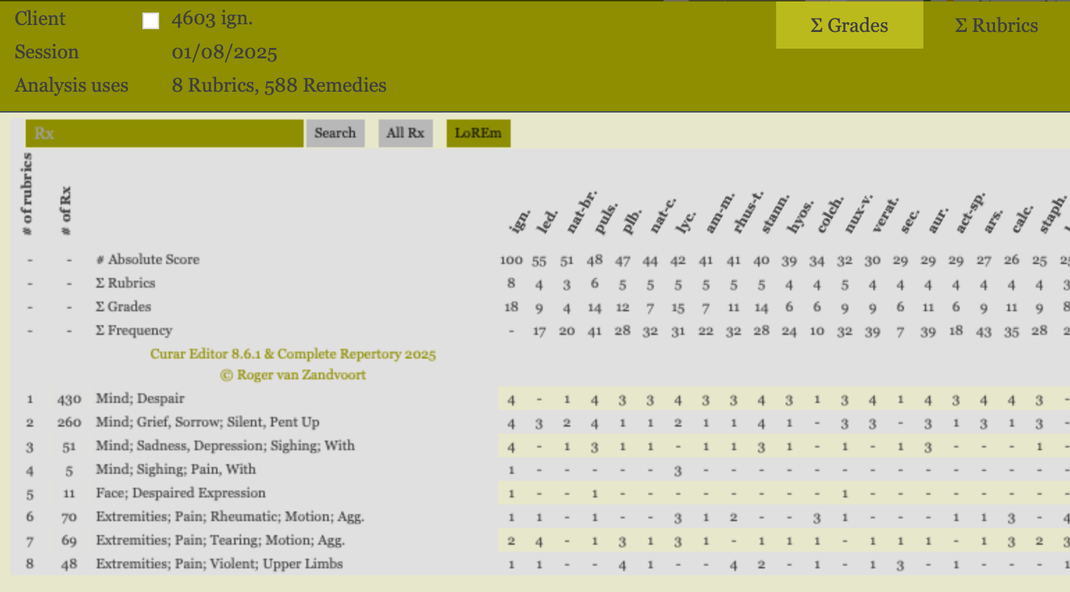
The Case of the Washerwoman
(Summarized from Hahnemann’s own writings)
A washerwoman came to Hahnemann complaining of a severe pain in the arm that had lasted for many weeks. She had already seen other doctors who attempted to treat her with various salves and plasters, but to no avail. The pain was described as a rheumatic or tearing pain, aggravated by movement.
But Hahnemann noticed something else: she was exceptionally sad, sighing frequently, and would often stop talking and stare blankly with a look of despair.
He realized that while the physical complaint was in the arm, the true center of the illness was mental and emotional.
Rather than prescribing a remedy for rheumatic pain, Hahnemann chose Ignatia amara, based on her silent grief, sighing, and melancholic state.
Result: Within a day, the arm pain had significantly improved, and her spirits were visibly lifted. She recovered fully.
Why is this case important?
-
Focus on the whole person: Hahnemann did not just treat the localized symptom (arm pain), but evaluated the deeper emotional disturbance.
-
Mental symptoms as keynotes: The case highlights the weight Hahnemann gave to mental/emotional symptoms, which often guide remedy selection in homeopathy.
-
Individualization: Ten patients with arm pain might get ten different remedies — only the totality determines the right prescription.
-
Confirmation of the law of similars: Ignatia is well-known for ailments from silent grief, internalized sorrow, and psychosomatic expressions like muscle tension.
Sources
-
Hahnemann, Materia Medica Pura (several volumes)
-
Haehl, R. – Samuel Hahnemann: His Life and Work
-
Dudgeon, R.E. – Lectures on the Theory and Practice of Homoeopathy


Add comment
Comments